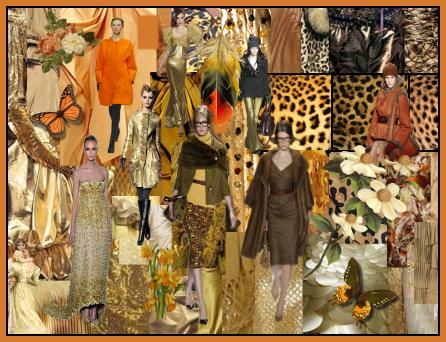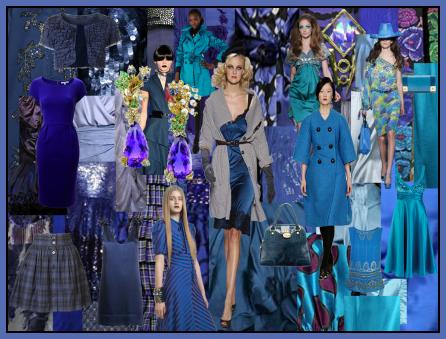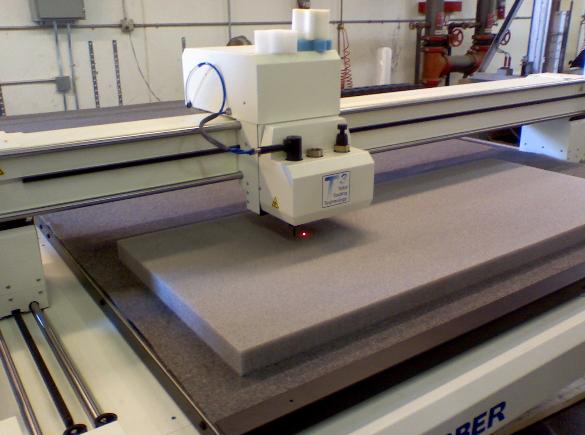The concept of a shoe starts in the design room, where the designers have their ideas and draw them out on paper before they can become a reality. However they don't have total creative freedom-they subscribe to the magazines 'Insight' (predicts the next seasons trends) and 'Pantone' ( a magazine which shows next seasons colours and patterns). Because they are designing for a certain market ( the over 45's) they have to use heel shapes, designs and materials which will appeal to their customers. They firstly have a design meeting, wher they are told by the managers which designs they like and think will work. The next step is a specification sheet-these are technical drawings of the shoe, with information about colour, materials and the general shape of the shoe. They also use theme boards which display images of a certain idea that the shoe design will be based around and colour boards, with different images all representing the same colour.
 Theme-nature, flowers and animal print
Theme-nature, flowers and animal print Colour-indigo and navy blue
Colour-indigo and navy blueAfter sending out spec sheets to the factories in Asia and getting samples sent back, the design is put onto the computer using a digitiser. They then edit on the computer to make sure that once made the shoe will fit comfortably and will fit together properly. Once satisfied, they send it the cutting table where the shapes are cut out onto card.
 This is a different cutting table I found on the internet.
This is a different cutting table I found on the internet.This process used to be done by clickers ( so called because they used to make a clicking sound ). They would cut the paper out by hand.
Next we headed downstairs where a lot of the work is done by hand. The card template is traced around and cut out onto leather and the pieces are sewn together by women on sewing machines. They pieces are moulded onto lasts and the stifler (back of shoe) is also moulded. The soles are stuck on with adhesive and any untidy fibres are burned, wiped and cleaned away.
The shoe boxes are made in flatpacks in China. These are shipped back to Norwich and sent to Norwich Prison, where the prisoners make them into proper shoeboxes.
 The labels are added, the shoes are put into boxes and are now ready to be sold!
The labels are added, the shoes are put into boxes and are now ready to be sold!This modern way of making shoes is quite different to back in the 19th century, when cobblers made shoes by hand, using traditional methods of sculpting the leather and sewing it all together. While some techniques have remained the same-they still use shoe lasts to model the shape of the shoe, although today they are mad of plastic rather than wood and made by machines.
No comments:
Post a Comment